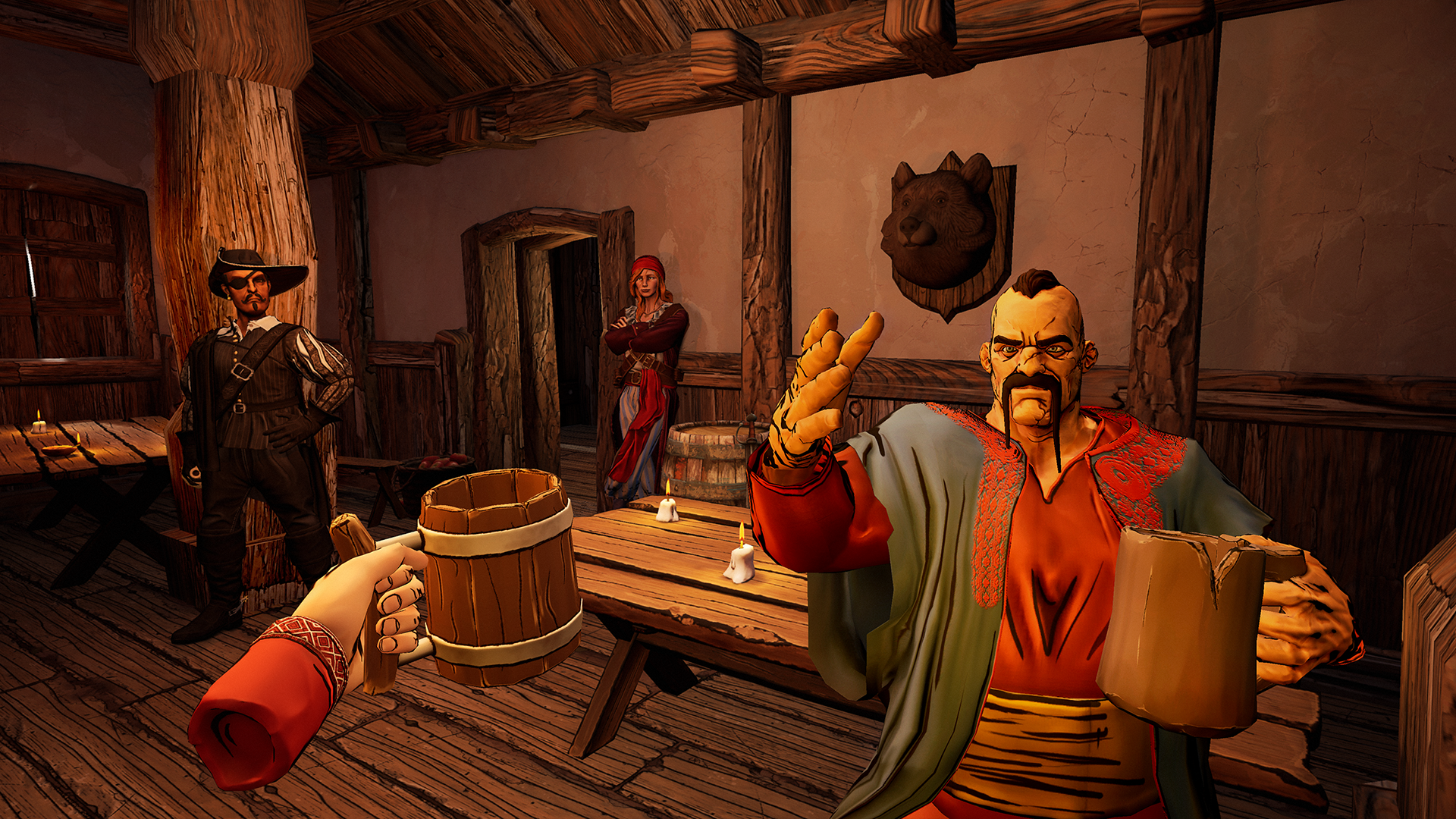Crimen – Mercenary Tales is an action-packed arcade slasher available now for the Quest and Pico platforms. This ambitious comic book-styled adventure promises eight thrilling playable characters but ultimately underdelivers. Find out more in our full Crimen – Mercenary Tales review.
Crimen begins with a familiar fantasy trope: a bunch of heroes gathered in the local tavern swapping stories of daring adventures. As each hero regales the tavern with their heroic deeds, you get to live out the story from the perspective of one of the eight protagonists. The tales follow an assortment of traditional adventure plotlines such as hunting down monsters, plundering ancient tombs for treasure, or saving a princess in plight.
The game doesn’t take itself too seriously, with doses of humor injected into each story and extra comments from the tavern patrons inserted into the story for comedic effect. During one hero’s tale, I managed to find a handheld cannonball launcher with infinite ammo – but comments from the patrons back in the tavern called baloney on the whole thing.
Repetitive Combat
Each heroic story is a hack-and-slash, linear adventure sprinkled with some climbing and an occasional simple puzzle to solve. The climbing mechanics work well and add an additional physical dimension to the game, but most of your time will be spent carving your way through hordes of enemies on your way to meet the objective.
The most common enemy types will approach with their weapon held in one of four blocking positions. It’s then up to you to hit the undefended part of the body, or else you attack gets parried. Sometimes, your foe will be equipped with impenetrable armor, reducing your options to land a damaging blow even further.
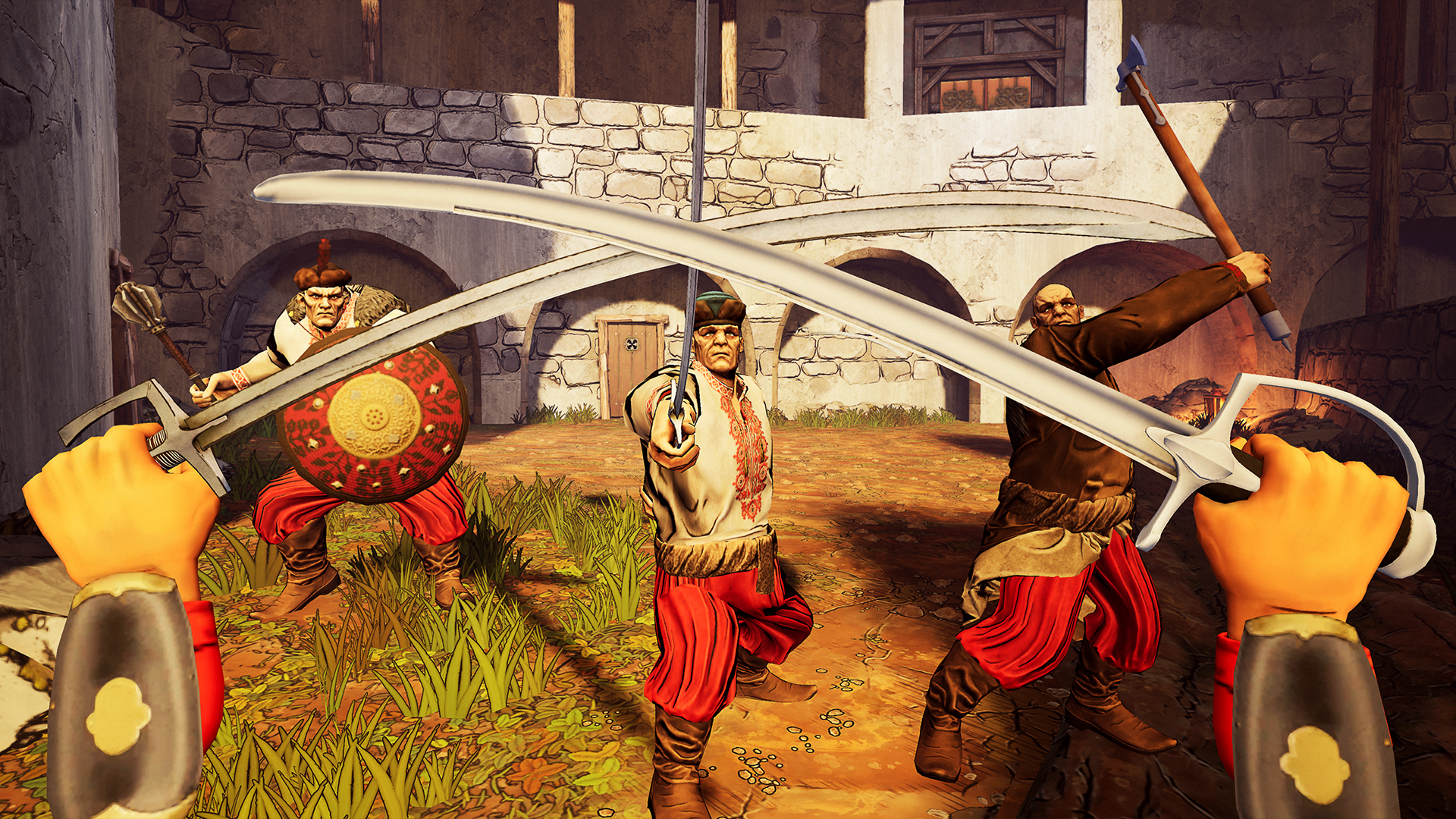
When your foe is on the attack, they briefly telegraph their intentions before striking from one of four directions. Holding your weapon at the correct angle will successfully parry the attack, leaving them vulnerable to a counter.
The combat can be enjoyable once you get into a back-and-forth rhythm of attack and defense. Switching up your blocks to deal with multiple attacks and countering with a devastating blow (which sometimes results in a gory decapitation) is quite satisfying. The damage you inflict also depends on how hard you hit, so limp-wristed sword wiggling is of no use here.
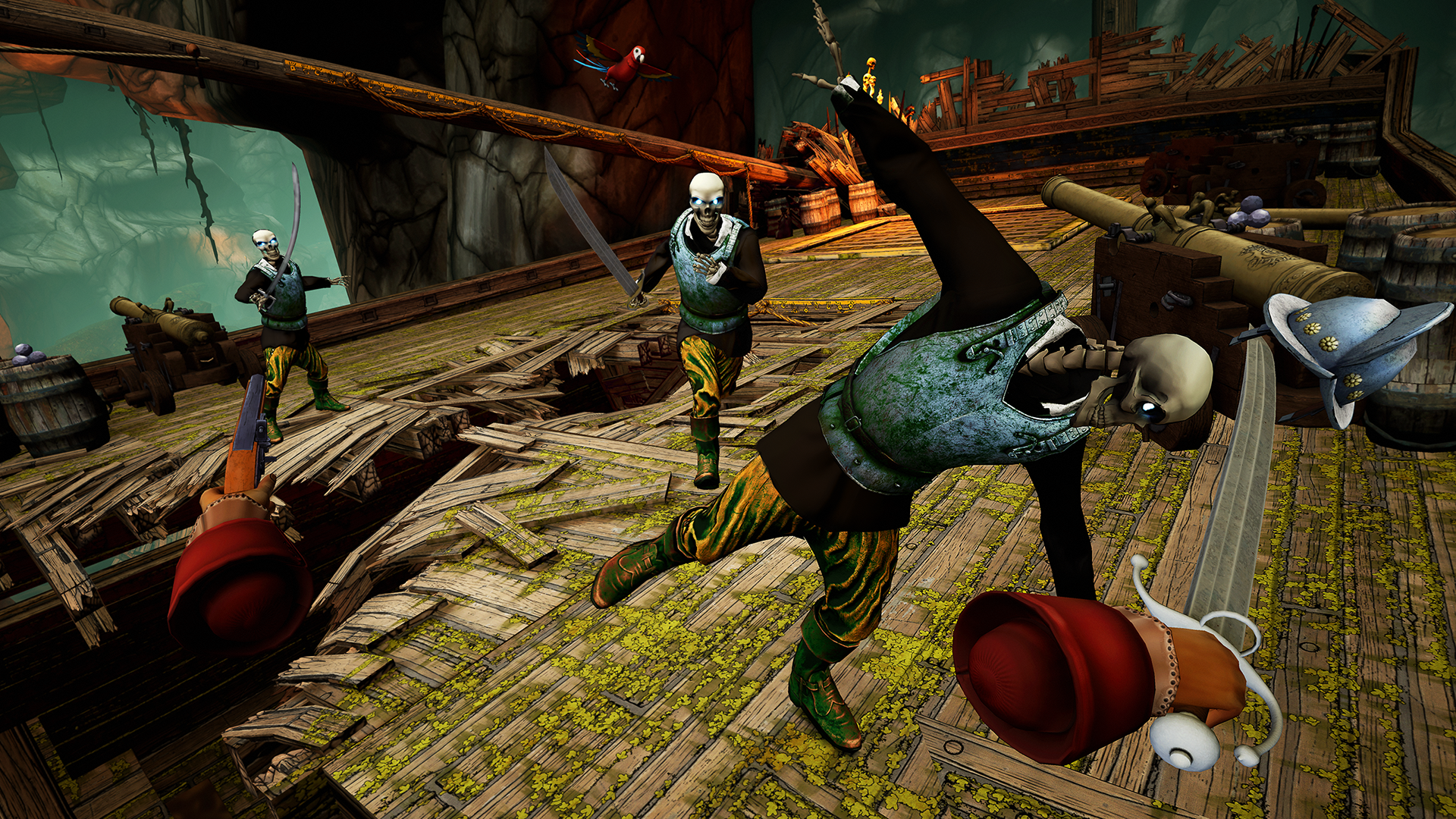
However, while the combat works for the most part, it’s not without its problems. Groups of enemies tend to cluster together and will often clip into one another to become a living mass of limbs and weapons. This can make it difficult to work out exactly which enemy is attacking and when. Enemies also lack a sense of personal space and have a habit of getting a bit too close to you. Sometimes, this even causes them to clip into you, turning the screen black and leaving you temporarily blinded while you try to disentangle yourself from your overly intimate attacker.
Beyond the standard enemy type, there are the “heavies” – big guys with shields and weapons whose powerful attacks can only be dodged. Cutting the shield at the correct angles (shown by directional arrows on-screen) renders the big brutes temporarily stunned and open to attack. These heavies are a nice addition to add some variety beyond the standard grunt.
The game’s third and final main enemy type, the archer unit, is more of a mixed bag. Arrows cannot be dodged, which forces you to deflect them with your weapon and, once deflected, they can be hit right back at the enemy. This would be a fun mechanic if it wasn’t so unpredictable, as arrows would sometimes not respond to my deflect-and-volley attempts. On some occasions, arrows would just stop and hangs briefly in mid-air before disappearing.
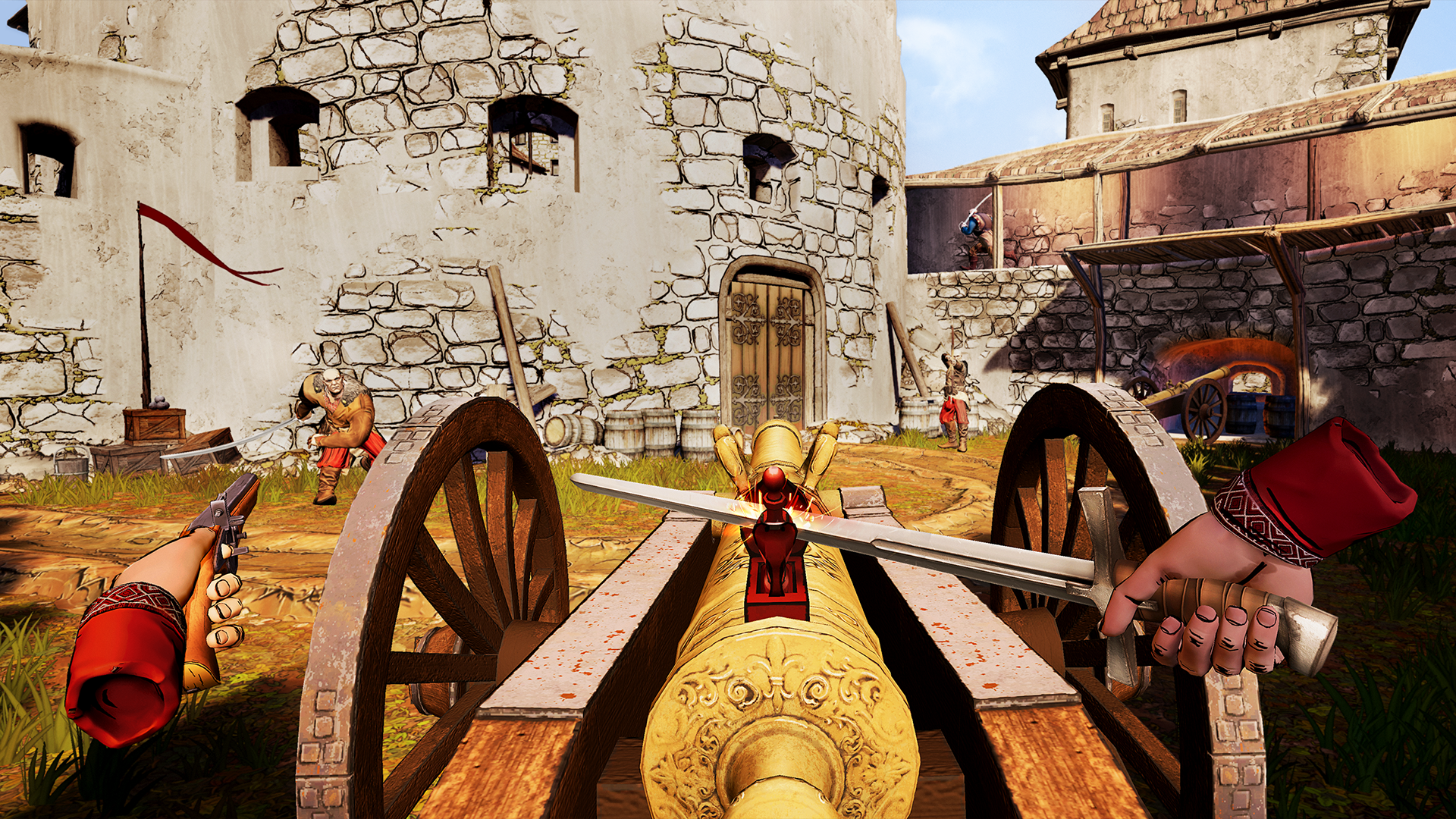
With the exception of some boss encounters, those three enemy types are all you’ll find across the campaign. For a game that’s mostly about fighting, it’s simply not enough variety to prevent encounters from becoming repetitive. Enemies sometimes drop health or limited-use weapons like the flintlock pistol or bow, but those random drops aren’t enough to prevent tedium from taking hold.
Looks Can Be Deceiving
On a surface level, Crimen appears to have a lot of variety in locales, featuring castles, temples, and shipwrecks, to name a few. However, a quick peek under the hood reveals all is not as it seems. Despite the look and voice of the playable characters changing with each tale, they all feel very similar to control. There are no abilities or skills that distinguish them, and every character (with the exception of one) wields a single sword that looks different but essentially handles exactly the same.
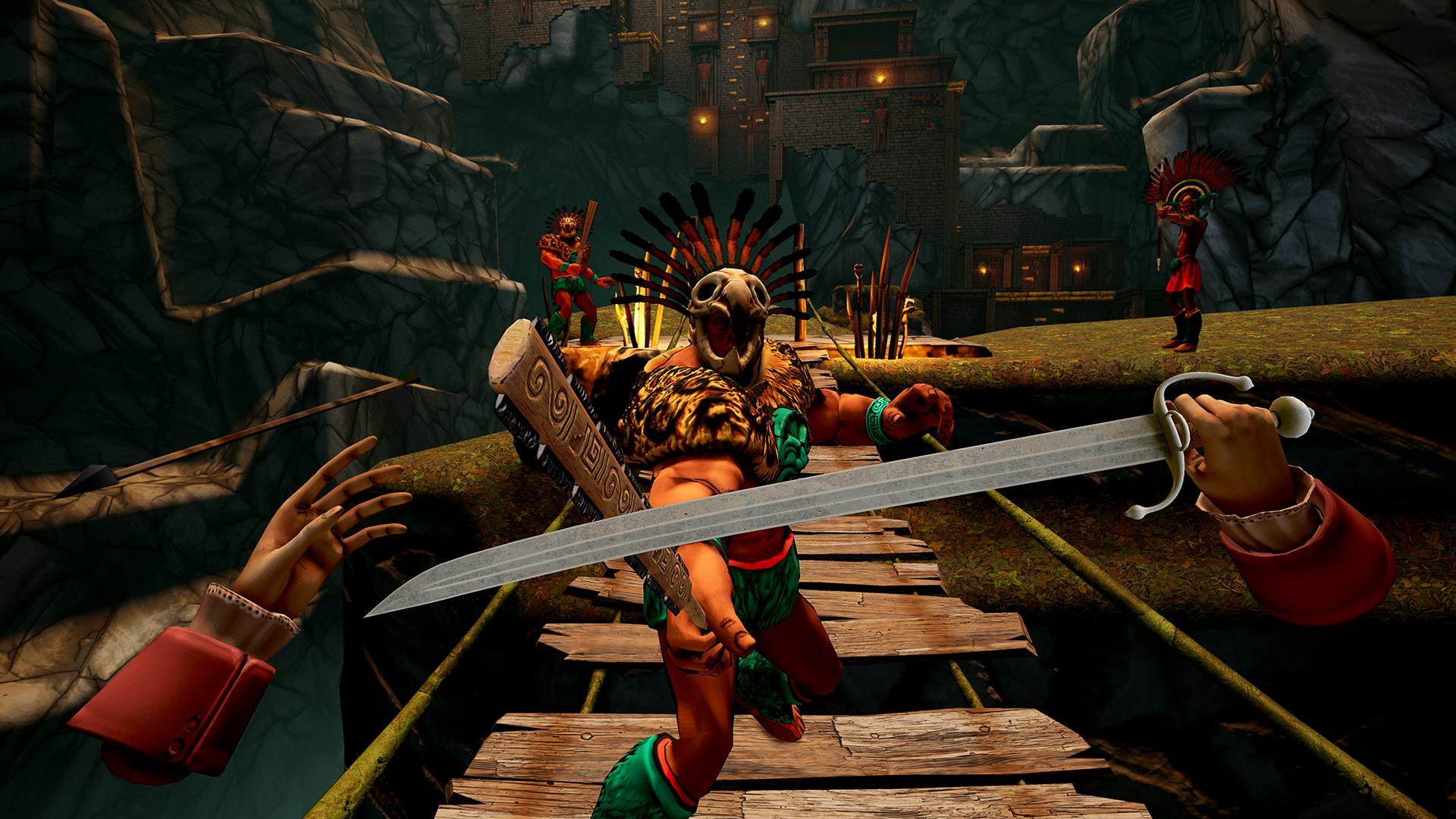
This uniformity extends to the enemies too. Whether you’re fighting a werewolf, skeleton or foot soldier, each has a similar style of attack and defense. It ultimately feels like fighting the same enemy in a different skin. Playing through each tale feels like opening presents at a birthday party where each guest brings the same gift – the wrapping might be different, but the contents are all identical.
Crimen – Mercenary Tales Review – Comfort
Crimen – Mercenary Tales should provide a comfortable experience for most users. Players can choose between teleportation movement or continuous movement with an adjustable vignette. Both snap turning and smooth turning is available, in addition to options for adjusting movement speed. There are some disorienting in-game moments where players get quickly pulled up into the air or need to walk across the uneven deck of a shipwreck, which may cause discomfort.
Over Too Quickly
Crimen boasts eight different playable characters, each with their own stories to tell. While technically true, two of those character’s stories are over much too quickly. One is only played for a brief tutorial stage, while the final character is only featured during a quick boss battle.
Overall, Crimen took me just under three hours to complete. Part of me was expecting the individual character stories to converge in some clever way at the end, but that never happened. Instead, the game comes to an abrupt finish with nothing in the way of new modes, collectibles, or high scores that would encourage a second playthrough. All things said and done, you’re left feeling a bit short-changed.
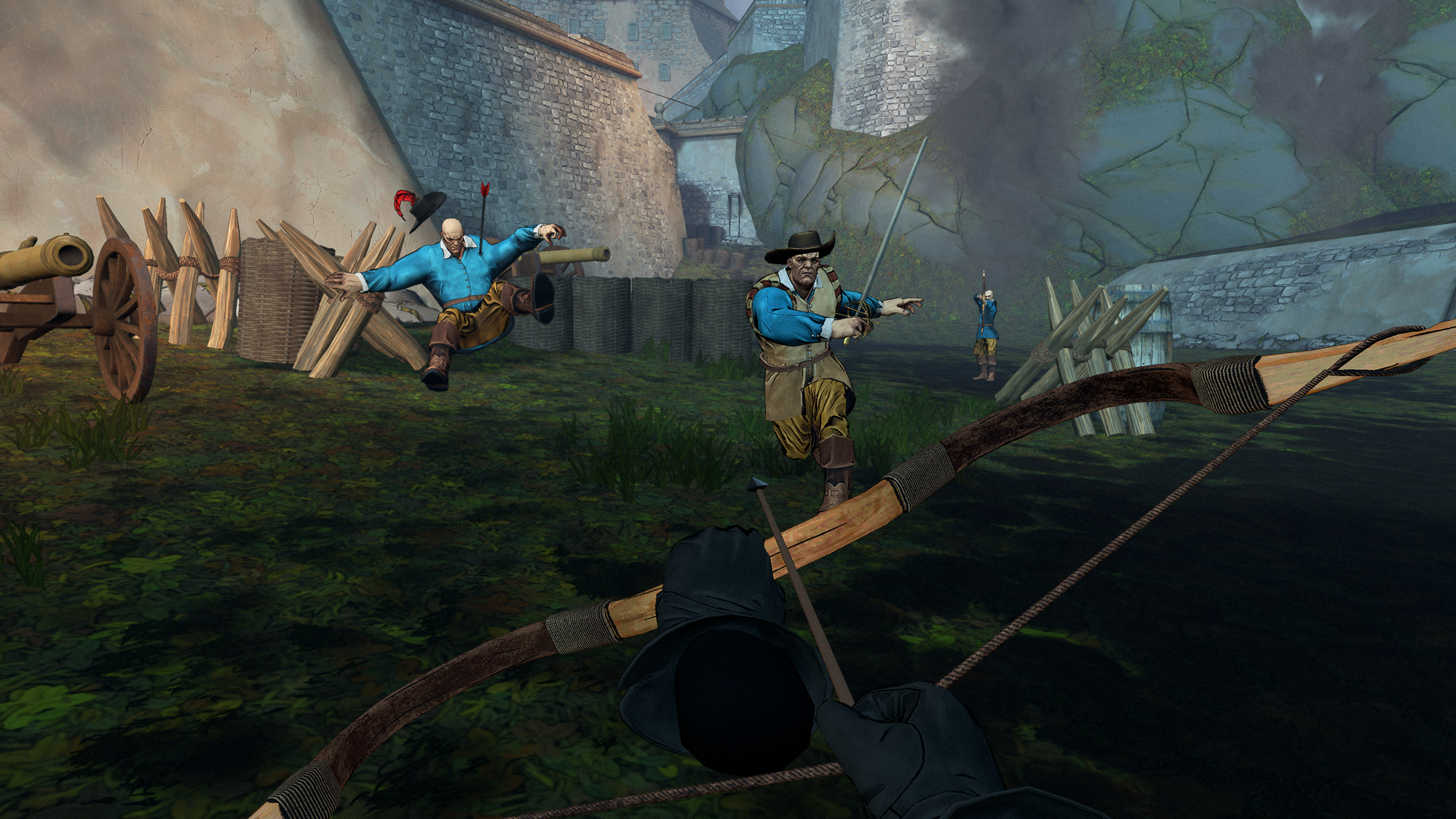
Crimen – Mercenary Tales Review – Final Verdict
Crimen’s hack-and-slash gameplay has its moments and some of the stories offer up a decent mini-adventure. However, there’s only surface-level variety to the characters and enemies, with combat soon becoming tedious, even with the occasional unique weapon drops. The stories of the eight playable characters are over too quickly and conclude abruptly, without any incentive to come back for more. Despite an interesting premise and some enjoyable moments, Crimen ultimately fails to deliver a satisfying and lasting gameplay experience.
UploadVR focuses on a label system for reviews, rather than a numeric score. Our reviews fall into one of four categories: Essential, Recommended, Avoid and reviews that we leave unlabeled, like this one. You can read more about our review guidelines here.
